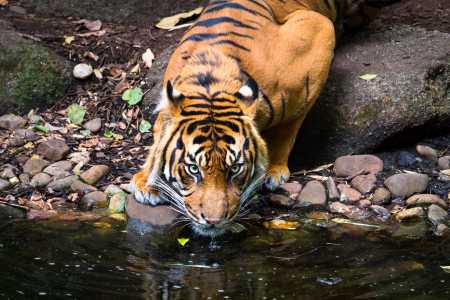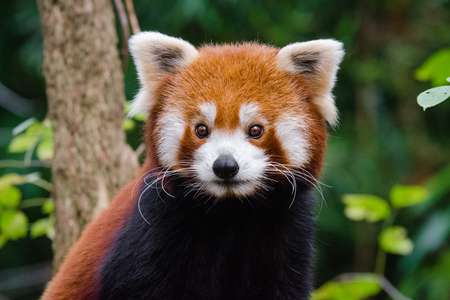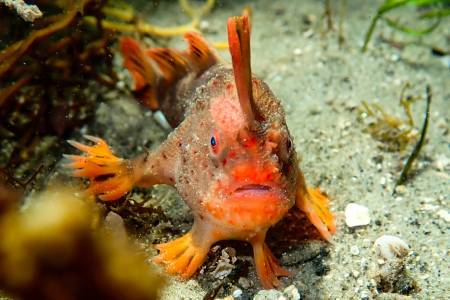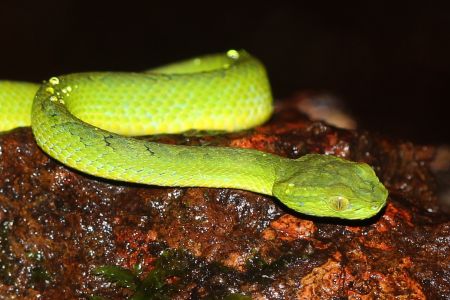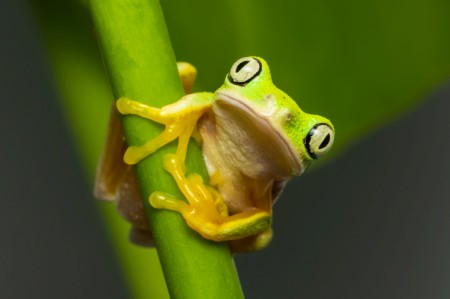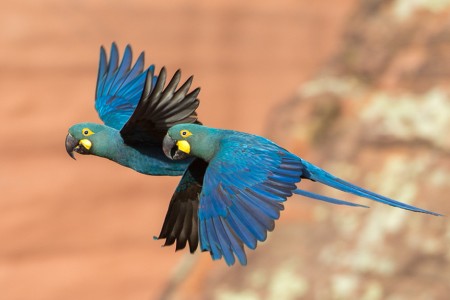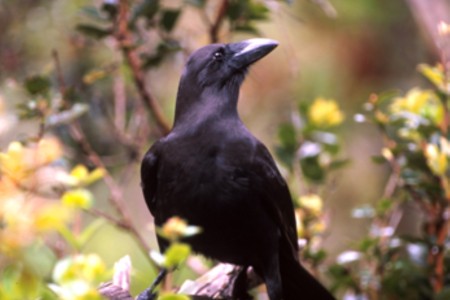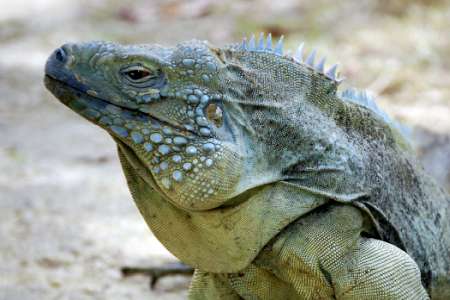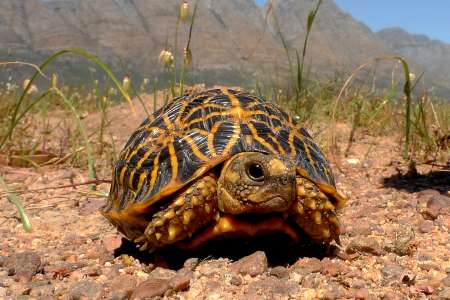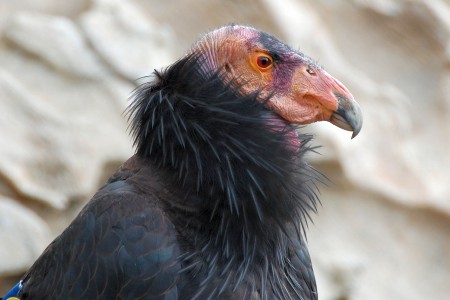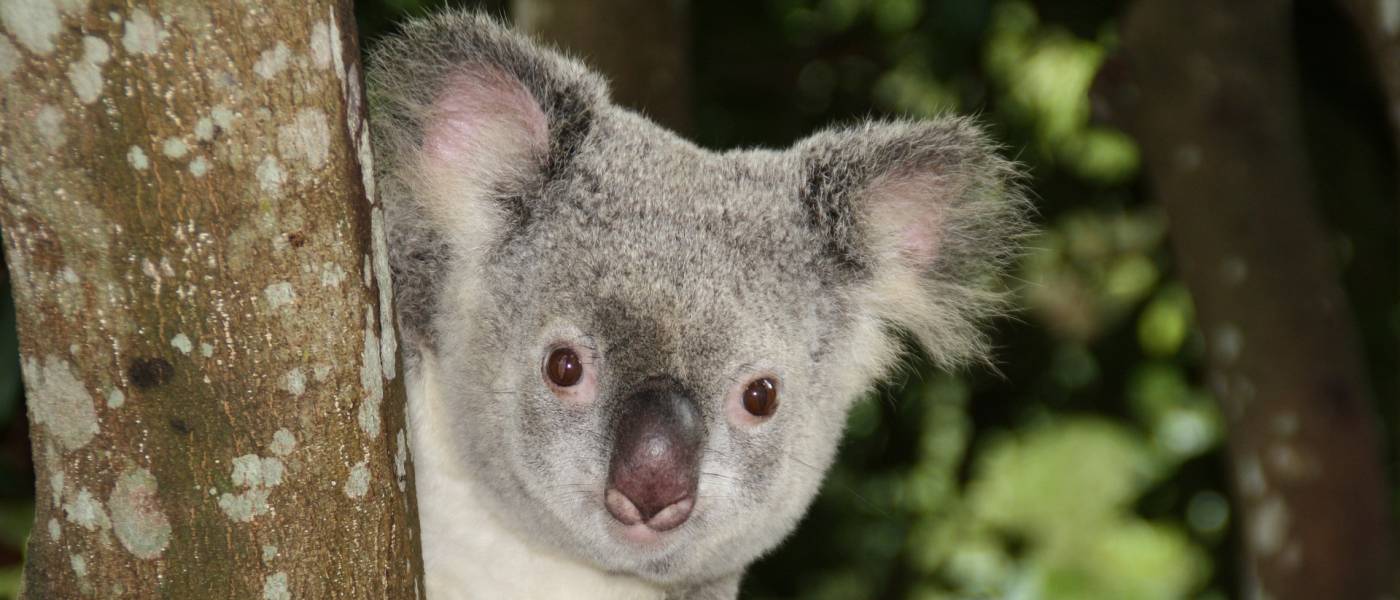

Koala
Iconic Creatures on the Edge of Extinction

INTRODUCTION
The koala (Phascolarctos cinereus) is also called the koala bear, and its name originated from the Dharug people’s word gula or gulamany, meaning “no drink.”
Scientific Classification
• Kingdom: Animalia
• Phylum: Chordata
• Class: Mammalia
• Infraclass: Marsupialia
• Order: Diprotodontia
• Family: Phascolarctidae
• Genus: Phascolarctos
• Species: P. cinereus
Appearance and Behavior
Koalas are small marsupials with a length ranging from 60 to 85 cm (24 -33 inches) and a weight between 5 – 12 kg (11 – 26 pounds). They have soft, woolly fur ranging from silver-gray to chocolate-brown, depending on their region, yet female koalas usually have a more rounded, smoother facial appearance than males. They also have fluffy ears and a distinct “vest” pattern on their chest, where the fur is thicker and often lighter. One of the most distinctive features of a koala is its large, black, leathery nose, which stands out against its small, dark eyes. However, males usually have a more prominent, larger nose and a dark, noticeable scent gland on their chest, which they use to mark territory that females do not have. Females have pouches for carrying and nursing their young. It is a vertical slit located in the mid-lower part of their belly, though it might not be easily visible unless there’s a joey inside.
Unlike many marsupials, koalas lack a tail but have strong, clawed limbs that are perfect for gripping tree branches. It is a vertical slit located in the mid-lower part of their belly, though it might not be easily visible unless there’s a joey inside.
Behaviorally, koalas are known for their love of sleep, often dozing off for up to 20 hours a day. As nocturnal animals, koalas are more active during nighttime, while the day is usually reserved for rest. These tree-dwelling creatures are adept climbers and lead a predominantly solitary life, each having its range in the forest. They communicate using a diverse set of sounds, including grunts and bellows.
Habitat and Ecology
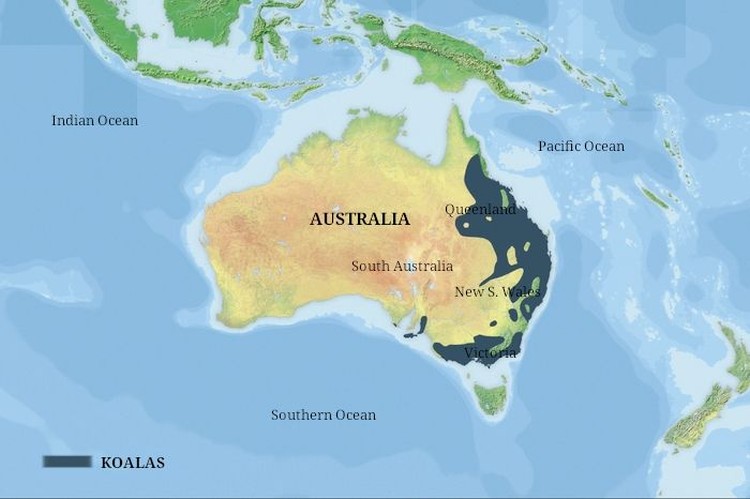
Koalas’ range primarily spans the regions of Queensland, New South Wales, Victoria, and South Australia. Derivative work by Textbook Travel Original work by Chermundy, CC BY-SA 3.0, via Wikimedia Commons. Locations added.
Koalas are native mammals predominantly found in the eucalyptus forests of eastern Australia, and their lifespans are up to 18 years in the wild.
These creatures are strongly associated with eucalyptus trees, which offer them shelter and provide their primary food source. While they source most of their hydration from the eucalyptus leaves they consume, they will drink water directly when necessary. The climate in their preferred habitats is generally characterized by moderate temperatures and high rainfall, which foster lush eucalyptus growth.
Regarding reproduction, a female koala gives birth to one joey at a time, which remains in her pouch for about six or seven months. The pouch is a controlled environment and contains mammary glands. Joey stays in the mother’s pouch, drinking her milk and growing before emerging to climb and explore trees.
Conservation Status
Once abundant throughout eastern Australia, koala populations have declined because of habitat loss, fragmentation, disease, and climate change. These iconic Australian animals face threats from urbanization, agriculture, and other human activities, which have split and diminished their natural habitats. The IUCN Red List of Threatened Species previously classified koalas as Vulnerable in 2014. Yet, following the devastating bushfires, there was a significant drop in their population. These animals now face a heightened threat of extinction from the wild and require enhanced protective measures in their habitats. As a result, in February 2022, the Australian government designated koalas as an Endangered Species.
THREATS TO KOALAS
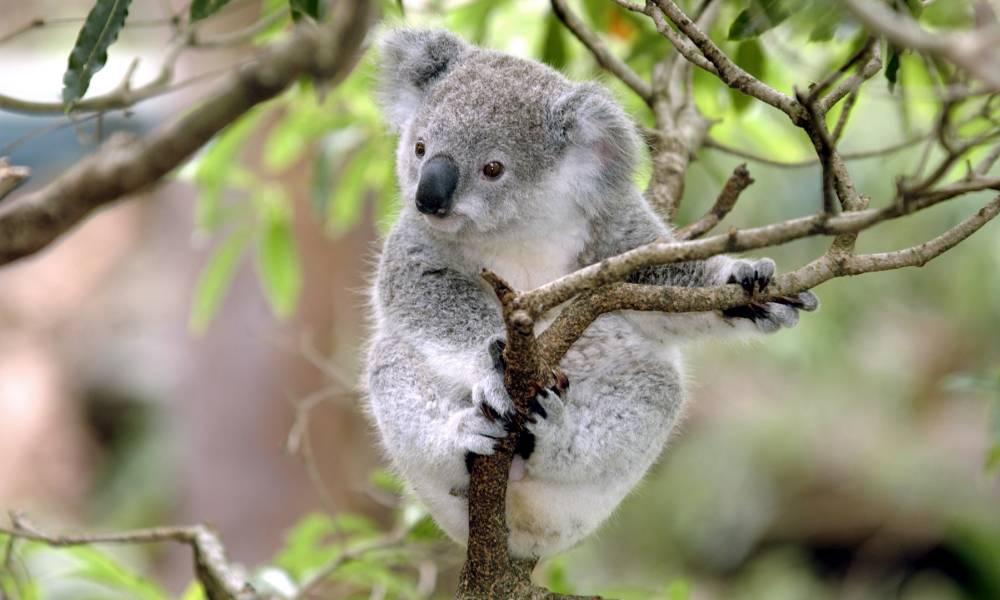
Population Devastation
The Australian Threatened Species Scientific Committee has stated that between 2001 and 2021, koala numbers have declined from 185,000 to just 92,000, a drop of over 50% in only two decades. The Australian Koala Foundation estimates that fewer than 63,665 Koalas are left in the wild, and possibly as few as 32,065, making koalas in the wild a marsupial on the brink of annihilation. The foundation strongly recommends that the koala’s status be downgraded to “Critically Endangered.”
Before February 2022, and despite warnings of the perils faced by koalas, the government of Australia was still listing the koala only as a vulnerable species. From February of that year onwards, the Australian Environmental Protection and Biodiversity Conservation Act listed koalas as an Endangered Species in the eastern Australian territories of New South Wales, Queensland, and the Australian Capital Territory. Many experts feel that koalas in other areas of the country should also be listed as endangered.
The koalas’ survival in the wild is endangered by various factors, including habitat loss, disease, and climate change. Although naturally occurring issues are of great concern, many of the issues behind the koala’s survival problems have been created by human activities. They can, with proper management, be prevented or reduced. With adequate conservation efforts, it may be possible to prevent the extinction of this iconic marsupial in the wild.
Habitat destruction and fragmentation
Over the past 100 years, the Australian human population has exploded, leading to extensive deforestation, which is the greatest threat to the koala’s existence. According to the Australian government, as of 1 October 2022, the country’s human population is over 26 million (Please click here to view the current Australian population).
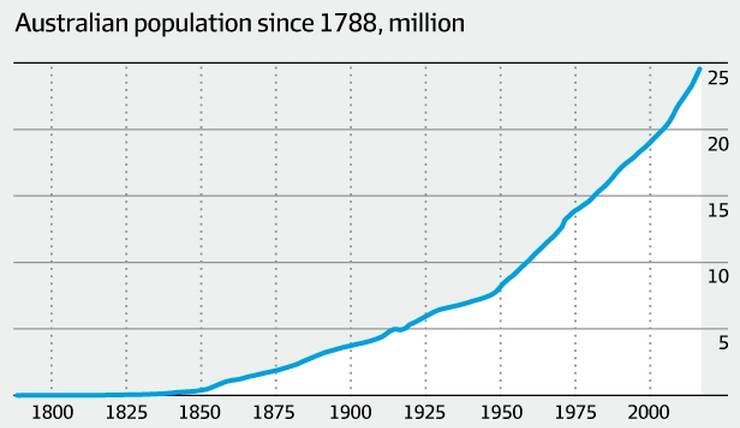
Source: ABS, Parliamentary Library
As human populations soared, demand for locations where urban, rural, and industrial activities could be located also grew. Simply put, increased human population meant more land was taken over for human activities. Since koalas rely heavily on eucalyptus trees for food, shelter, and breeding, the loss of habitat due to deforestation has led to a decline in koala populations.
The amount of habitat destruction has been enormous. In Queensland alone, the 2018-2019 Statewide Landcover and Trees Study (SLATS) states that 680,688 hectares of woody vegetation were cleared in some amount, with 82% cleared fully. According to the Australian Conservation Foundation (ACF 2022), government approvals for clearing 25,000 hectares of koala habitat for mining are concerning. Clearing forests for agricultural purposes is also not included in official government surveys. Around the world, as in Australia, deforestation contributes to reducing biodiversity, increases global climate change, and harms the planet overall, costing all of us financially.
Climate Change
Climate change and the increasingly high temperatures, drought conditions, and strong winds it brings directly and indirectly affect kolas. High temperatures and low humidity are often cited as driving forces in The Black Summer fire of 2019-20, which The University of Sydney reported impacted 3 billion animals, including 60,000 koalas. Koala populations are often concentrated near fire areas, making them highly vulnerable to wildfires, which are always a major threat to koalas as they can easily be trapped and burned. Studies suggest that 40-60% of all koala deaths during wildland fires occur in these concentrated areas.
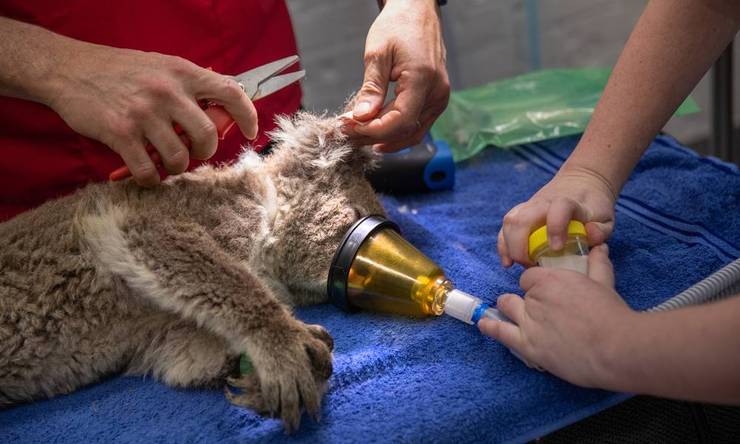
A koala rescued from a wildfire, Australia. iStock.com/4C
Chlamydia
Another of the leading threats to the koala population is infection from Chlamydia, a sexually transmitted bacteria. This killer illness spreads quietly and quickly throughout koala populations, where, in some areas, 90-100% of the population is infected by it. Eyes, reproduction, and the bladder are affected by Chlamydia, and infertility or death often occurs. Chlamydia can be successfully treated with antibiotics. However, the medications used to treat them also impact the koala’s digestive systems and their ability to excrete toxins from eucalyptus consumption.

Increasingly strict laws in India, Bhutan, Tibet, China, Myanmar (Burma), and Nepal are on the books as attempts to reign in the threats and save the remaining wild red pandas. Though the laws and regulations exist, inadequate public awareness and weak law enforcement practices often have left less than desirable results.
IMPORTANCE OF KOALAS
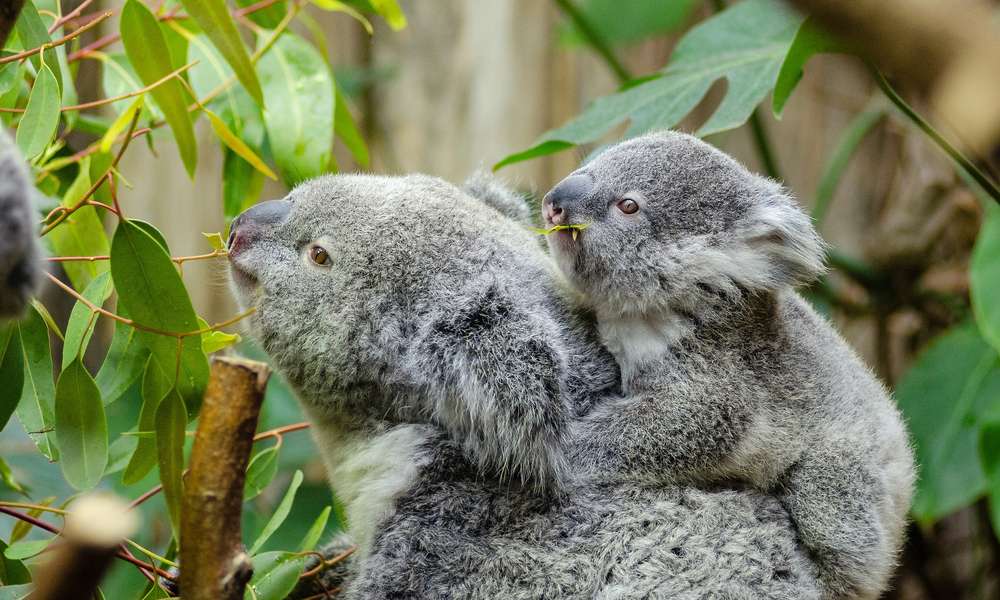
Biodiversity
The koala is monotypic, meaning they are the last of their species’ family. Its distinct appearance, behavior, and genetics make it a valuable component of biodiversity on Earth. Their feeding behaviors help to regulate the growth of eucalyptus trees which plays a crucial role in maintaining the health of eucalyptus forests.
Ecosystem Stability
Innumerable species and plants depend on koalas in a web of interdependencies. Consuming around 500 grams of leaves each day opens up tree canopies, allowing needed light to reach the ground and limiting the amount of biomass available as fuels for fires. Their scat deposits (feces) are fed upon by many insects and small mammals, and also enrich the soils, enabling new plant growth.
Ecotourism
Koalas attract millions of tourists to Australia each year. According to the University of Newcastle of Australia, the koalas’ impact over 15 years in a new national park will amount to $1.2 billion and add 9,800 new jobs. Much of that will be from tourism.
HOW TO HELP KOALAS
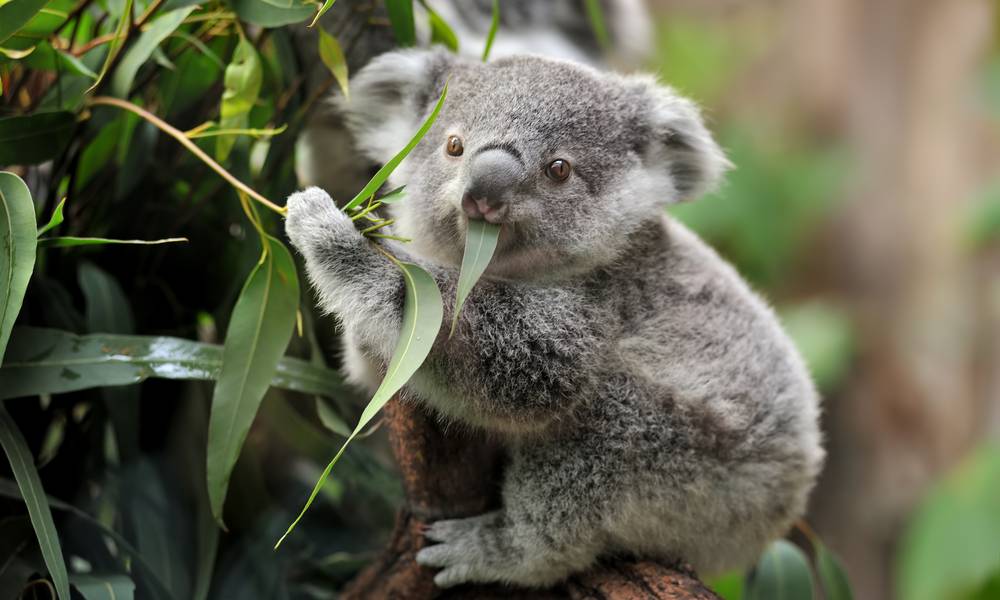
Understanding the Koalas
The first step to solving a problem is understanding what the problem is. Koalas face various issues, and understanding their threats will lead to solutions.
Help to promote and support the value koalas bring to the local ecology and how their decline comes with costs to biodiversity, including humans. All species within the earth’s biosphere are related and dependent on other species’ services, which also applies to koalas.
Protecting Habitat
Koalas depend on eucalyptus forests as their habitat, using them for shelter and as a food source, which they feed on almost exclusively. Conservation efforts that prioritize protecting and restoring these specific habitats are critically important to the survival and proliferation of koalas.
Regrettably, human activities, such as deforestation and unchecked urbanization, have dramatically shrunk the natural habitats of koalas. Large swaths of eucalyptus forests have been cleared for housing, agriculture, and other infrastructure. This process reduces the available living space for koalas and fragments their habitats, making it more challenging for them to find mates and propagate.
Strategic urban planning that minimizes the impact on natural habitats can help to mitigate these adverse effects. Such planning includes identifying and preserving critical habitats, creating wildlife corridors to connect fragmented habitats, and implementing sustainable building practices.
Global climate change exacerbates habitat threats the koala populations face. Rising temperatures and prolonged droughts, coupled with an increased frequency and intensity of bushfires, have degraded the quality and availability of their eucalyptus diet, causing additional stress to these vulnerable marsupials. Combatting climate change is a global responsibility and a crucial step toward safeguarding koalas and their habitats and all other species, including humans.
Advocacy for the environment, particularly for preserving natural habitats, is paramount for the survival of koalas and many other species. Your support towards such endeavors can be expressed by supporting policies, laws, and public officials who strongly support environmental conservation and protection. Supporting political candidates prioritizing environmental issues is the only way to effectively combat planetary issues like climate change and pollution.
Dogs and Automobile Deaths
Free-ranging dogs and those assigned to protect herds from predators are responsible for many koala deaths and injuries. When possible, ensure that dogs are restrained and not free to roam. Another cause for concern is that dogs infected with a variety of chlamydia, which does not affect humans, can transmit this disease to koalas. Once infected, the koala will often suffer from blindness or cannot reproduce.
Every year, with more and more areas being developed for housing and industry, roads are being built to service those areas, and new dangers are created for koalas and other wildlife. Every year, estimates are that thousands of koalas die, and many others are injured in road accidents. Driving carefully is always a good idea, and it is especially needed in areas signed as koala crossings and where other wildlife is present. Please drive with care.

Annually, thousands of koalas are killed or injured on roads. Image: Left: Emily Cox – Right: Kgbo via Wikimedia Commons
Swimming Pools
As more and more homes are built or retrofitted with swimming pools, increasing numbers of koalas are drowning in them. Although koalas are good swimmers, once in a pool, many perish because they cannot climb out, become exhausted, and drown. Covering pools with a tight-fitting cover or providing a way for koalas and other animals to escape is both kind and necessary.
Support Organizations
Many local and international organizations work towards protecting koalas and their habitats. Contributing to these groups through direct donations, fundraising, volunteering, or participating in their programs effectively makes a tangible difference in the ongoing efforts to save this iconic and vulnerable species. These are but a few organizations that protect koalas and their habitats: the Australian Koala Foundation, Queensland Koala Society, and Friends of the Koala.
Learn About Global Diversity
Understanding that helping the koalas begins with realizing global interdependence exists between all species and how declining species’ populations cost everyone, including you. Human activities affect the koala, but declines in koala populations also affect humans and cost us money when services provided by koalas and other species are gone.
Know Your Leaders and Vote
Elect leaders who share your concerns about the koalas and other environmental issues, such as global climate change. Effective national and worldwide leadership in these issues is critical for the survival of the koala and all species, including us.

